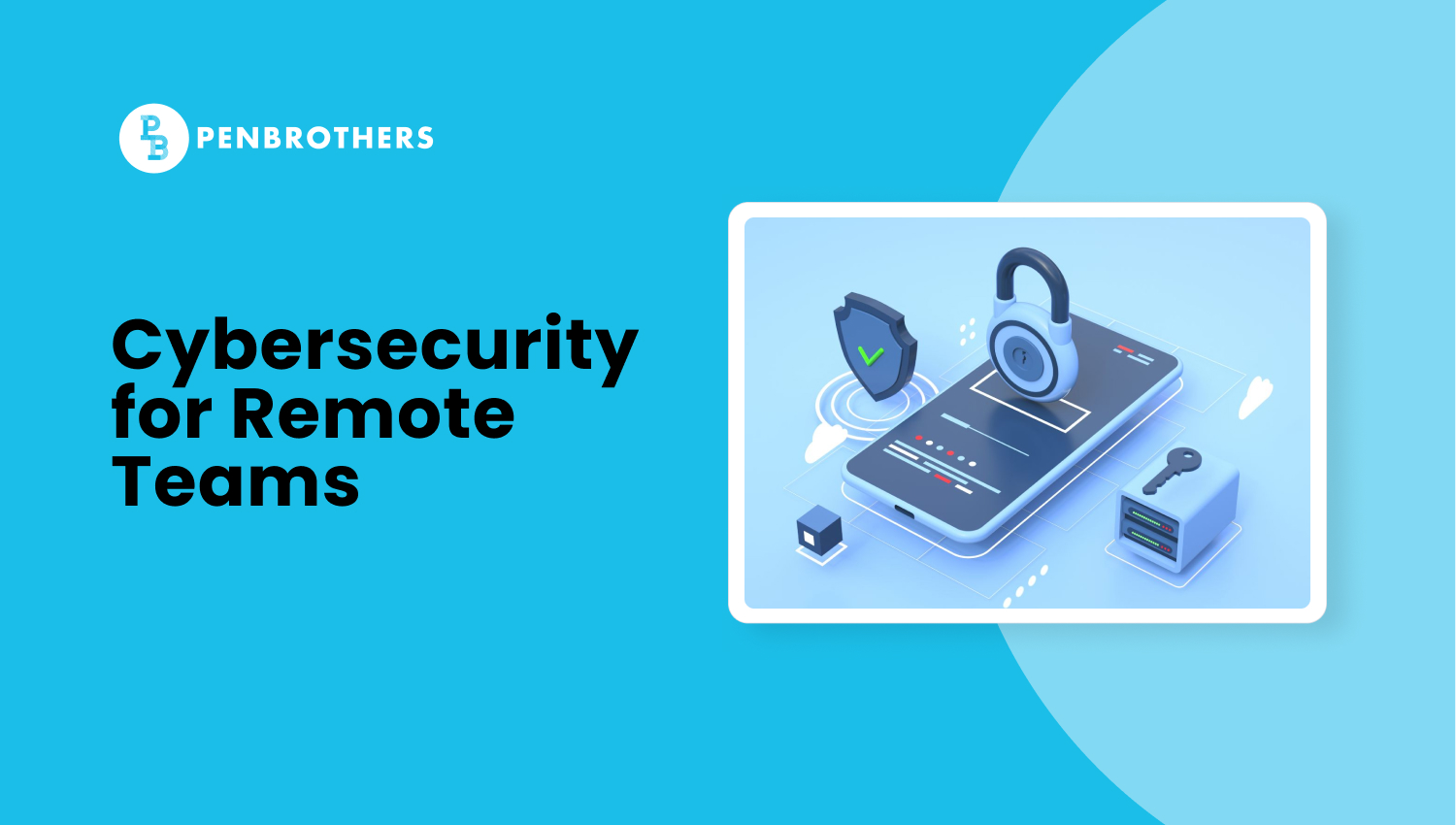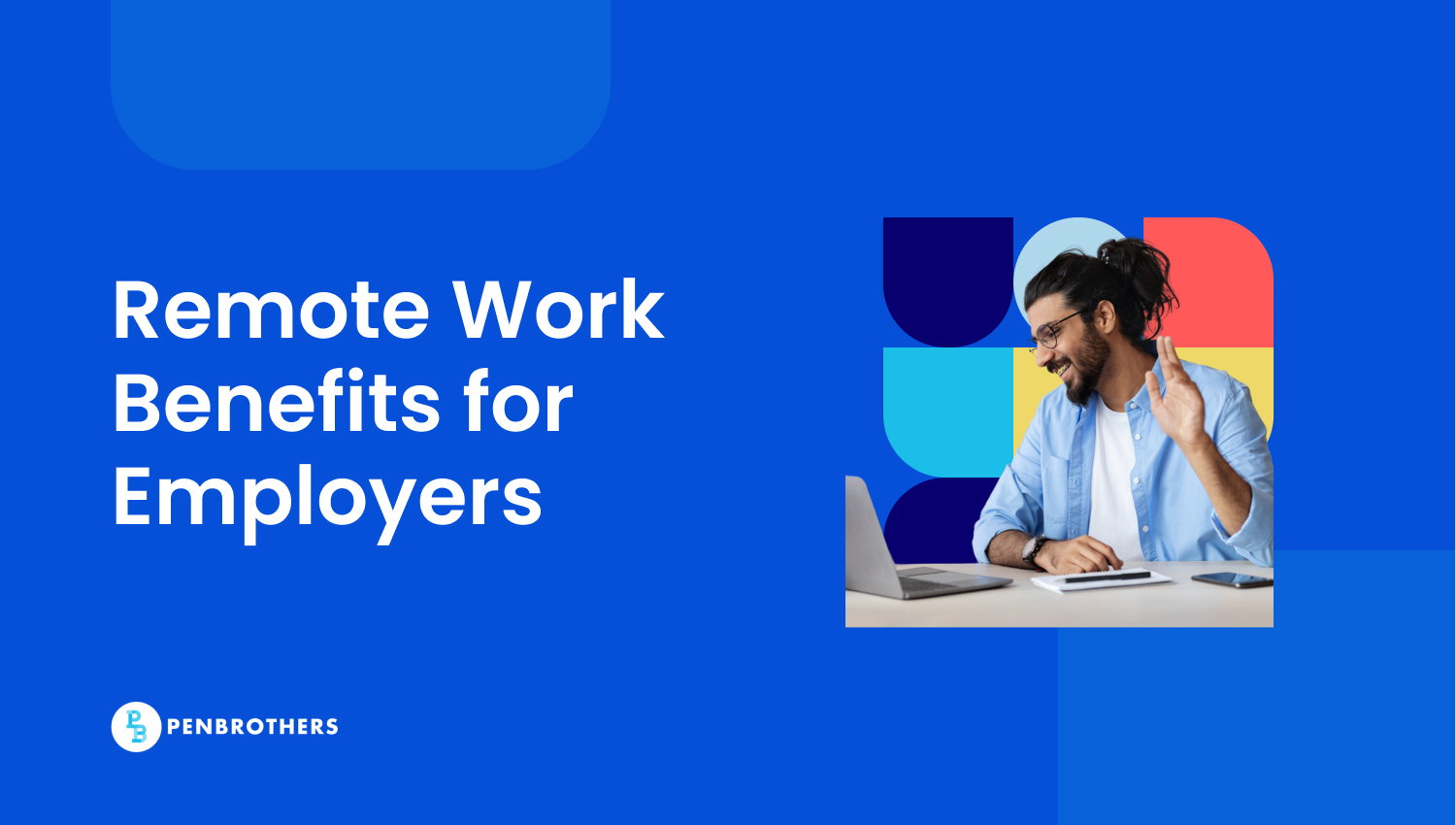What's Inside?
How To Secure Your Remote Team from Cybersecurity Threats

How do you protect your business from data breaches and other types of cybersecurity attacks? Are you doing enough to ensure data protection and privacy in your organization?
Digitalization has made all of us revisit our knowledge and policies to prevent unauthorized access to our sensitive and confidential business data.
Cybersecurity attacks come at a high cost—with the global average reaching US $4.45 million in 2023, according to the IBM Cost of a Data Breach Report. You don’t want to be dealing with the costly consequences of a data breach.
Do you manage a team remotely? Here are six essential tips to ensure data protection and security in your organization.
6 Tips to Secure Your Remote Team from Cybersecurity Threats
1. Keep Your Remote Work Cybersecurity Policies Updated
Review and update your company’s information security policy regularly to protect your business against data breaches, particularly new and changing threats. This way, you don’t only mitigate risks but also ensure compliance with local and international regulations.
Your company’s updated policy must include encryption requirements and secure networks when using office-provided devices and platforms.
Moreover, employees must know that the company-provided devices are only for work-related tasks and projects.
Lastly, provide an updated copy of your cybersecurity policy to their employees for their review and signature annually.
2. Invest in Quality Anti-Malware Software
Ensure that all devices you provide to your employees have the right antivirus and anti-malware software installed. These tools must be regularly updated for any new patches and bug fixes.
Antivirus and anti-malware tools detect, block, and remove viruses and other forms of malicious software (also known as malware) from your devices. It also warns users about dangerous and suspicious websites. Moreover, it keeps all of your online accounts protected from identity theft and fraud.
Here’s a list of must-haves when looking for the right anti-malware for your remote team’s work equipment:
- High threat detection rate – Detection rates tell you how the anti-malware accurately identifies malicious software or threats. Go for a product with a detection rate of close to 100%.
- Extensively tested – Look for a software program that has been subjected to multiple test runs and verifications by independent laboratories like Virus Bulletin, TechRadar, AV-Comparatives, and NSS Labs. These organizations provide honest reviews for anti-malware software programs for Mac, Windows, and Android OS.
- Software programs that don’t slow down your device – Be sure to get a tool that will not affect your device’s efficiency. Activities like copying and pasting, downloading applications, browsing websites, and watching videos must not be slowed down by your chosen anti-malware program.
- User-friendly – Choose a software program with a simple, user-friendly interface so that it is easy to use and navigate even for beginners so that you won’t have to turn it off when it gets too complicated to use.
Without malware protection, your devices and IT systems will be prone to cyberattacks. Better safe than sorry!
3. Maintain a Secure Email Practice
According to recent reports, 33% of cyber attacks get in through email through phishing. Employees tend to click on links that look familiar or those that are disguised to be coming from a legitimate or official source, like a bank or a company’s customer support. Cybercriminals use these links to access personal information, even passwords, and to pass on malicious files.
Good thing that technology today has developed tools like Captcha, Sanebox, Unroll.me, Google Suite, and two-factor authentication that help identify malicious content and dangerous links. Such tools comb through your emails to check if any suspicious links, or attachments may be a source of potential viruses.
4. Avoid Using USB Sticks – Use Cloud Drives Instead
USB may have been replaced by cloud drives, but it is still important to remind everyone in your organization that it is extremely unsafe to pass on files within the company using USB sticks.
Advise your remote team against saving files from their personal units at home and then transferring them to their work units. Their home PCs are not equipped with the same level of security compared to the company-provided devices. It is proven to be one of the easiest ways to spread viruses online.
Go for the safer option for storing data and files: cloud drives. Provide your remote team with unlimited Google Drive storage for storing all their work-related files
5. Use Secure Connections Only
Remote work allows employees to complete their tasks wherever they feel the most productive.
While free Wi-Fi connections are being used by establishments like coffee shops and restaurants as a major come-on or added service when you dine, always remember that these free or public connections tend to have fewer security details in place.
Cybercriminals tend to lurk around places with free public networks waiting to catch their next victim.
So the next time your team chooses to work outside their homes, advise them to bring their own pocket Wi-Fi device or choose a co-working space with secure network connections.
Related article: Offshore Staffing Trends in 2024: KPO, Automation, and More
Cybercriminals tend to lurk around places with free public networks waiting to catch their next victim.
6. Implement Data Encryption
Since remote workers are usually provided with a working unit to be used at home, it is wise to have these devices encrypted to avoid the information stored there from falling into the wrong hands.
Companies must ensure that before releasing these devices to their remote team members, adequate encryption software to protect both the personal data of their employees and the data of the company as well.
Final Thoughts
These simple yet very helpful workplace cybersecurity tips underscore the need for investing in data protection tools ASAP.
However, it’s not so easy to implement these measures, especially when your team is offshore. Working with a reliable offshore staffing partner makes the job easier. With strong data security measures in place, such a partner will take care of remote work security, threat management, and protection against data breaches, among other things, for you.






